The dense fog that blankets Sana'a, Yemen's capital, is more than just a meteorological phenomenon—it is a defining feature of the city's identity. Known locally as "Sana'a fog," this natural occurrence shapes daily life, influences cultural practices, and even plays a role in the region's historical narratives. Unlike the fleeting morning mists of other cities, the fog here lingers, often for hours, casting an ethereal glow over the ancient stone buildings and labyrinthine streets. For visitors, it is both a spectacle and a challenge, obscuring landmarks and slowing travel. For residents, it is a familiar companion, woven into the fabric of their routines.
The origins of Sana'a fog are rooted in the city's unique geography. Situated at an elevation of over 2,200 meters in the Yemeni highlands, Sana'a sits in a bowl-shaped valley surrounded by mountains. This topography traps moisture-laden air, particularly during the cooler months from November to February. When temperatures drop overnight, the moisture condenses into thick fog that can reduce visibility to mere meters. The phenomenon is exacerbated by the city's rapid urbanization, which has altered local wind patterns and increased humidity levels. Scientists note that while fog is common in many high-altitude cities, Sana'a's combination of elevation, terrain, and climate makes its fog exceptionally persistent and dense.
Historically, the fog has been both a protector and a menace. Ancient texts describe how invading armies were sometimes thwarted by the impenetrable mist, which concealed the city's defenses. Conversely, the fog has also been blamed for tragic accidents, particularly along the treacherous mountain roads that connect Sana'a to other regions. In modern times, the fog disrupts air travel, with flights frequently delayed or diverted. The city's aging infrastructure struggles to cope: streetlights are often inadequate, and drainage systems, designed for a drier climate, fail to manage the excess moisture. Yet, despite these challenges, many Sana'ani people view the fog with a sense of pride, a natural wonder that sets their city apart.
The cultural significance of Sana'a fog is profound. It features prominently in local poetry and music, often symbolizing mystery or divine presence. Traditional Yemeni architecture, with its towering, fog-kissed minarets and ornate stained-glass windows, seems designed to harmonize with the misty environment. The fog also influences social rituals; morning gatherings are delayed, and outdoor markets open later than in other Yemeni cities. Some even attribute the city's renowned hospitality to the fog, arguing that its isolating effect fosters closer community bonds. "When the world outside disappears, you turn to those beside you," a local shopkeeper remarked, echoing a sentiment shared by many.
Environmental changes threaten to alter Sana'a fog patterns. Climate models predict that rising temperatures in the Arabian Peninsula could reduce the frequency and intensity of the fog, while pollution from increased vehicular traffic and industrial activity may change its composition. Researchers warn that losing the fog could have cascading effects, from disrupting agriculture—which relies on fog-derived moisture—to diminishing the city's tourism appeal. Already, older residents note that the fog is not as thick or as regular as it was in their youth. For a city that has weathered centuries of political upheaval, the potential loss of this natural phenomenon represents a different kind of vulnerability, one that no amount of human resilience can entirely mitigate.
Efforts to study and preserve Sana'a fog are growing, albeit slowly. Local universities have partnered with international meteorologists to install monitoring stations around the city. These devices track fog density, duration, and chemical makeup, providing data that could inform urban planning decisions. Some architects are experimenting with fog-harvesting techniques, inspired by similar projects in Chile and Morocco, to collect water for public use. Meanwhile, artists and filmmakers are documenting the fog's beauty, ensuring that even if it fades, its legacy will endure. These initiatives face funding shortages and bureaucratic hurdles, but their very existence speaks to the fog's enduring hold on the city's imagination.
For now, Sana'a fog remains a daily reality, a force that shapes and is shaped by the city it envelops. It is a reminder of nature's power to define human experience, even in an age of technological dominance. As the sun burns through the mist each afternoon, revealing the city's vibrant colors and bustling streets, the fog retreats—only to return the next morning, as it has for centuries, and as many hope it will for centuries to come.

By Grace Cox/Apr 28, 2025
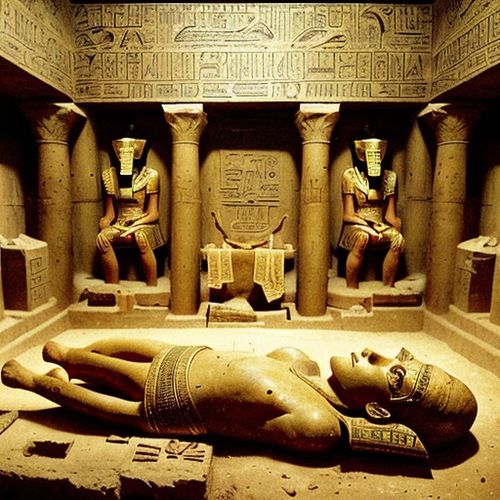
By Emma Thompson/Apr 28, 2025

By Christopher Harris/Apr 28, 2025
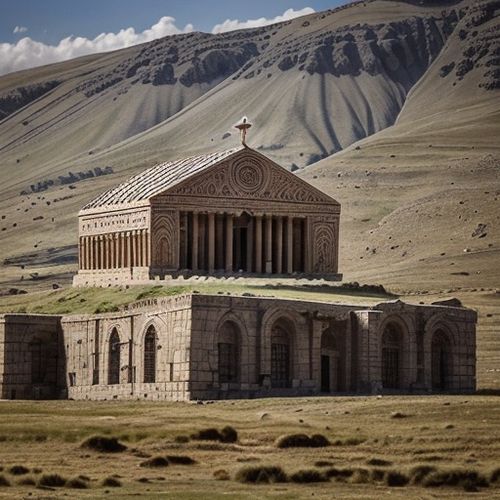
By Lily Simpson/Apr 28, 2025

By Olivia Reed/Apr 28, 2025

By Christopher Harris/Apr 28, 2025

By Amanda Phillips/Apr 28, 2025

By Daniel Scott/Apr 28, 2025

By Jessica Lee/Apr 28, 2025

By James Moore/Apr 28, 2025
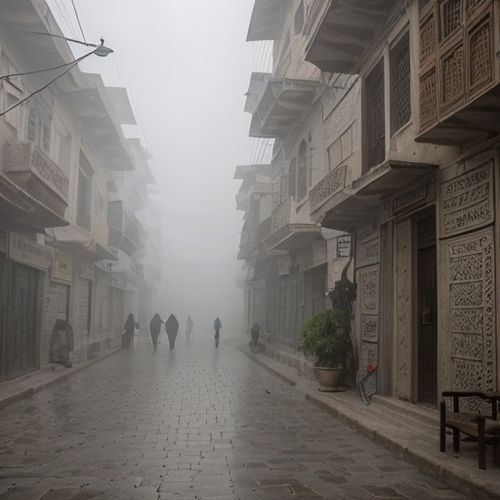
By Grace Cox/Apr 28, 2025

By Emily Johnson/Apr 28, 2025
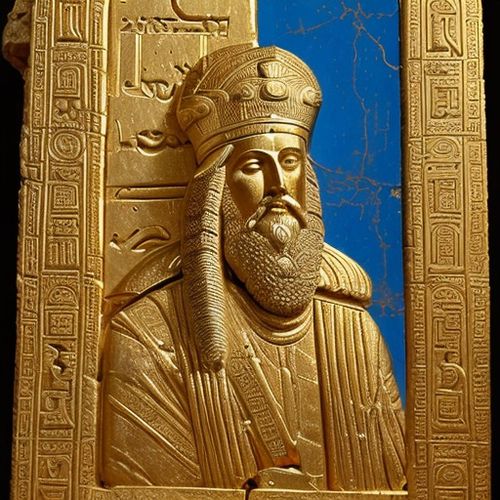
By Thomas Roberts/Apr 28, 2025
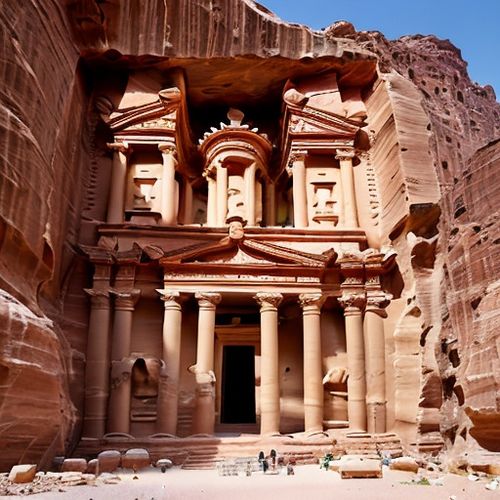
By Amanda Phillips/Apr 28, 2025

By Daniel Scott/Apr 28, 2025
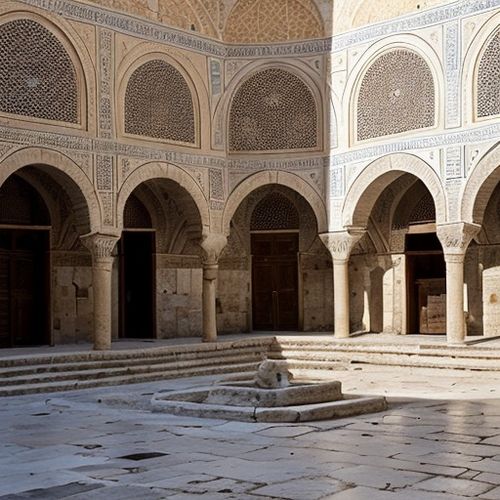
By William Miller/Apr 28, 2025
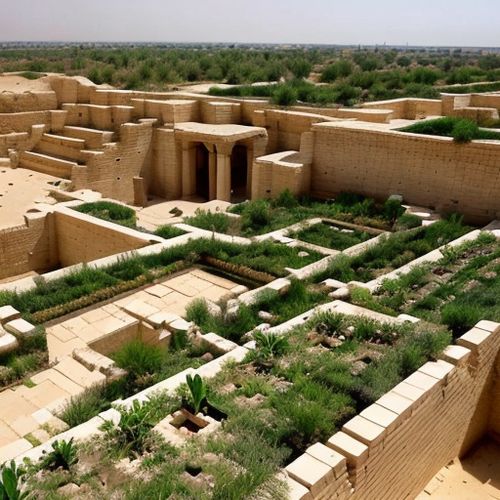
By Joshua Howard/Apr 28, 2025

By Amanda Phillips/Apr 28, 2025
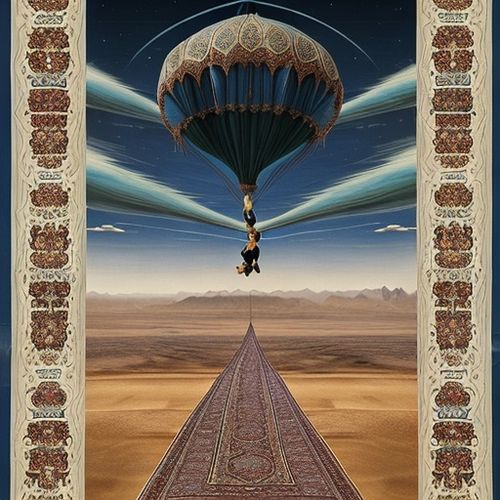
By Natalie Campbell/Apr 28, 2025
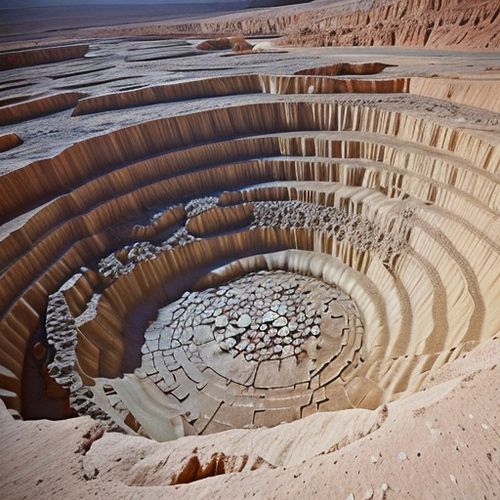
By Natalie Campbell/Apr 28, 2025